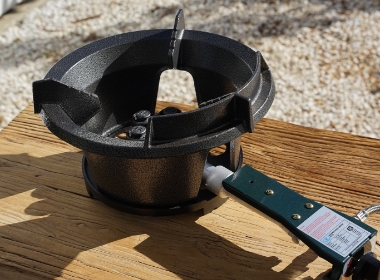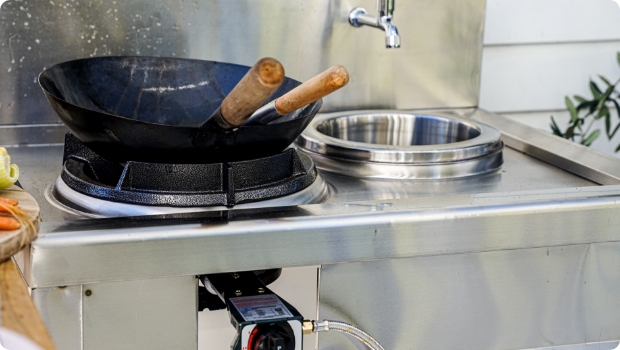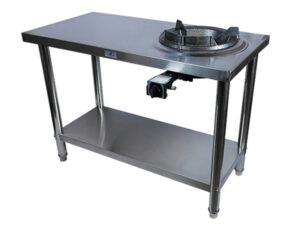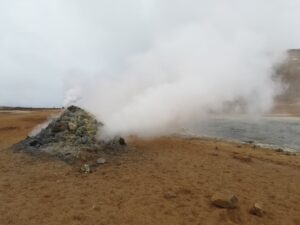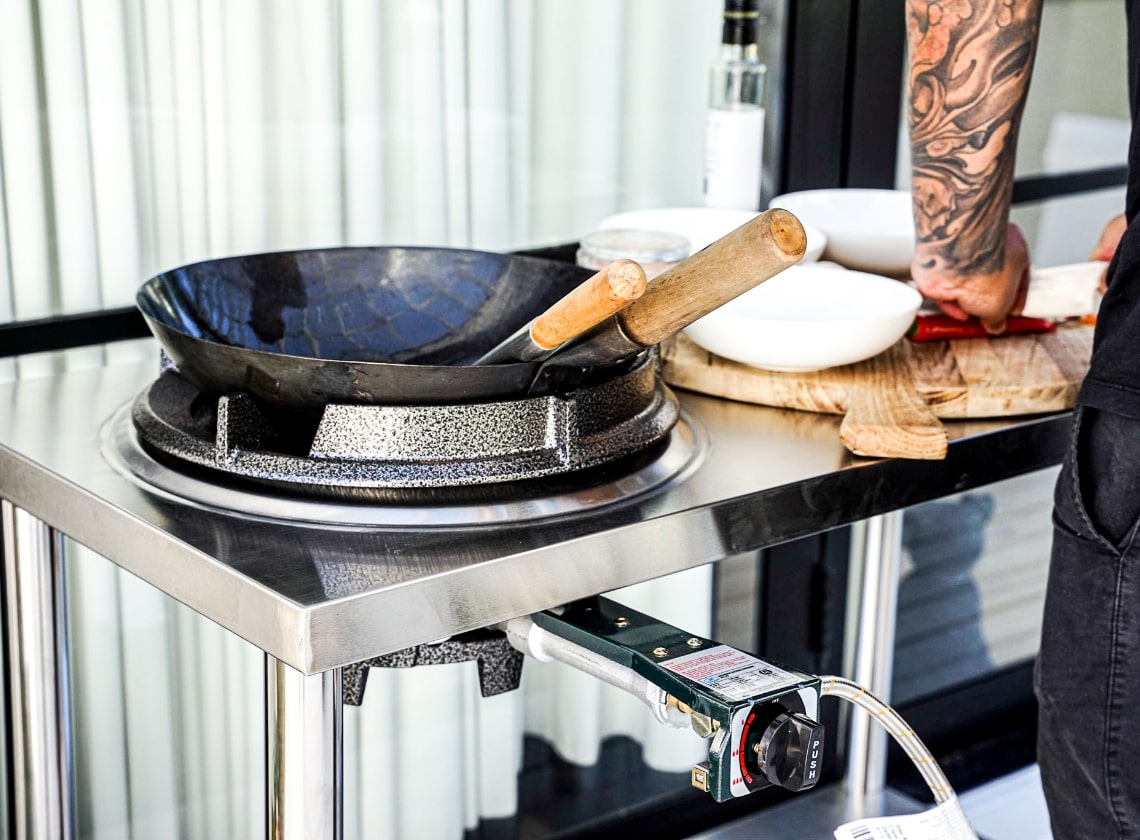With the wide variety of cooking equipment choices in the market today, gas stoves and burners are still the primary choice for homeowners to partner with for their cooking experience as it is more durable, energy efficient and have better cooktop control.
A gas stove or burner is a safe appliance when properly installed and maintained. However, like all sources of energy, natural gas and LPG can be dangerous\ so it pays to be cautious during its use to avoid risks.
Educate yourself in detecting the signs and symptoms of natural gas leaks. When suspected, it is important to evacuate the area immediately and contact emergency services, the local fire department, or the utility company’s emergency line.
Equip yourself with these safety tips for gas safety and leak symptoms to help make your home a danger-free zone and protect your loved ones from harm
Gas Leaks Can be Noticeable Through Physical Signs or Smells
ALWAYS make sure your appliance is switched off before leaving it unattended.
The smell of rotten eggs or Sulfur
In its natural state, natural gas is odorless and colorless. To make gas leaks easier to detect, gas companies add chemicals known as odorants to make natural gas smell like Sulphur or rotting eggs, which makes it much easier to detect.
Hissing or whistling sounds near the gas line
Large gas leaks may produce this kind of noise, even if the appliance is turned off. It is important to check regularly and listen to make sure there aren’t any leaks in the pipes, hoses or through the appliance.
Dead / dying house plants or grasses turning brown
When gas leaks out of the pipes, the carbon monoxide replaces the oxygen for plants to survive and that will lead to your houseplants wilting.
Physical symptoms of natural gas poisoning
The carbon monoxide released from the gas leak builds up in the body and replaces the oxygen. Symptoms of exposure include dizziness, headaches, fatigue, nausea and irregular breathing. If you believe you’re experiencing gas leak symptoms, you should leave your home immediately and call the authorities. Prolonged exposure to carbon monoxide can be deadly.
It is important to read the manufacturer’s instructions for each appliance to understand what to check and how often, for safe use. It is important to regularly check and should never leave it unattended. Keep your burners clean and properly assembled all the time.
Inspect Your Gas Stoves And Burners On A Regular Basis
Cook with Care
Wipe your pots and pans before cooking as wet or dirty cookware may lead to you using more gas than you really need.
Clean your burners/stoves
Clogged burners and stoves increase your fuel consumption. Regular maintenance by cleaning your burner is a good idea to save gas. Gas stoves and burners are truly great appliances to have. These should be taken care of and safety precautions followed while cooking, to get the most out of your burners.
